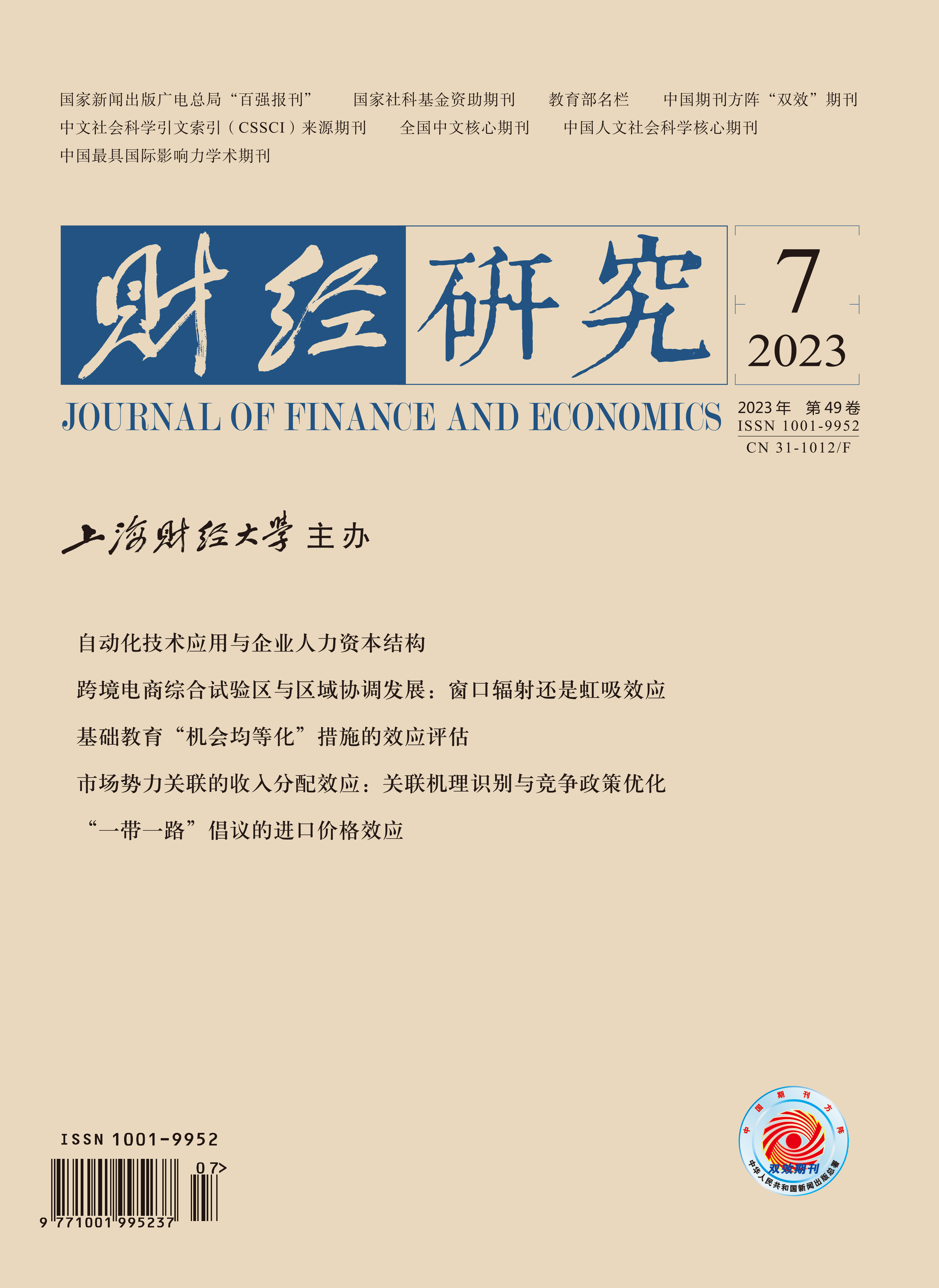This paper introduces market power into the issue of income distribution. Based on a combined sample consisting of industrial firm data, antitrust administrative and civil litigation data, and minimum wage data, a “firm-employee” private bargaining model is constructed to empirically study the wage determination mechanism under the scenario of imperfect competition. By measuring the market power of both products and labor, it is found that there is a “bilateral market power association” between products and labor, and firms can adjust the allocation of bilateral market power according to changes in the competitive environment. In this scenario, the behavior of firms expanding their power to the labor market not only reduces the rent-sharing ability of employees, but also to some extent widens the wage gap between skilled workers.
The conclusions are as follows: (1) From 1998 to 2013, the market power of products showed a trend of first rising and then falling, while the market power of labor showed a trend of first falling and then rising, indicating a statistical substitution relationship between the market power of products and labor. (2) In this scenario, although the decline of the market power of products is beneficial to increasing the rent-sharing ability of employees, the behavior of firms expanding their power to the labor market caused by the decline of the market power of products will widen the income gap between different skilled workers. (3) From the decomposition results of the market power of products and labor market, the improvement of firms’ own production efficiency explains most of the increase in market power, but the income distribution effect generated by firms’ strategic use of their market power requires attention. (4) Counterfactual policy tests show that promoting the elimination of the market power of both products and labor will not only increase the rent-sharing ability of employees by about 10.57%, but also reduce the wage gap by about 12.15%.
The marginal contributions are that: (1) This paper constructs a computable partial equilibrium model that reveals the internal influence mechanism of market power on employees’ rent-sharing and wage gap. The framework is based on the “firm- employee” private bargaining model, which better fits the Chinese economic reality. (2) This paper develops a method for quantitatively identifying the market power of products and labor under the private bargaining mechanism. This identification method only requires output data and employee wage data at the firm level, thus having generality, which expands the literature research on identifying market power. (3) The advantage of using a partial equilibrium model is that counterfactual policy simulations can be conducted to evaluate the impact of different policy combinations on employees’ rent-sharing elasticity and skilled wage gaps, providing empirical references for government decision-making.





 7186
7186  6380
6380

